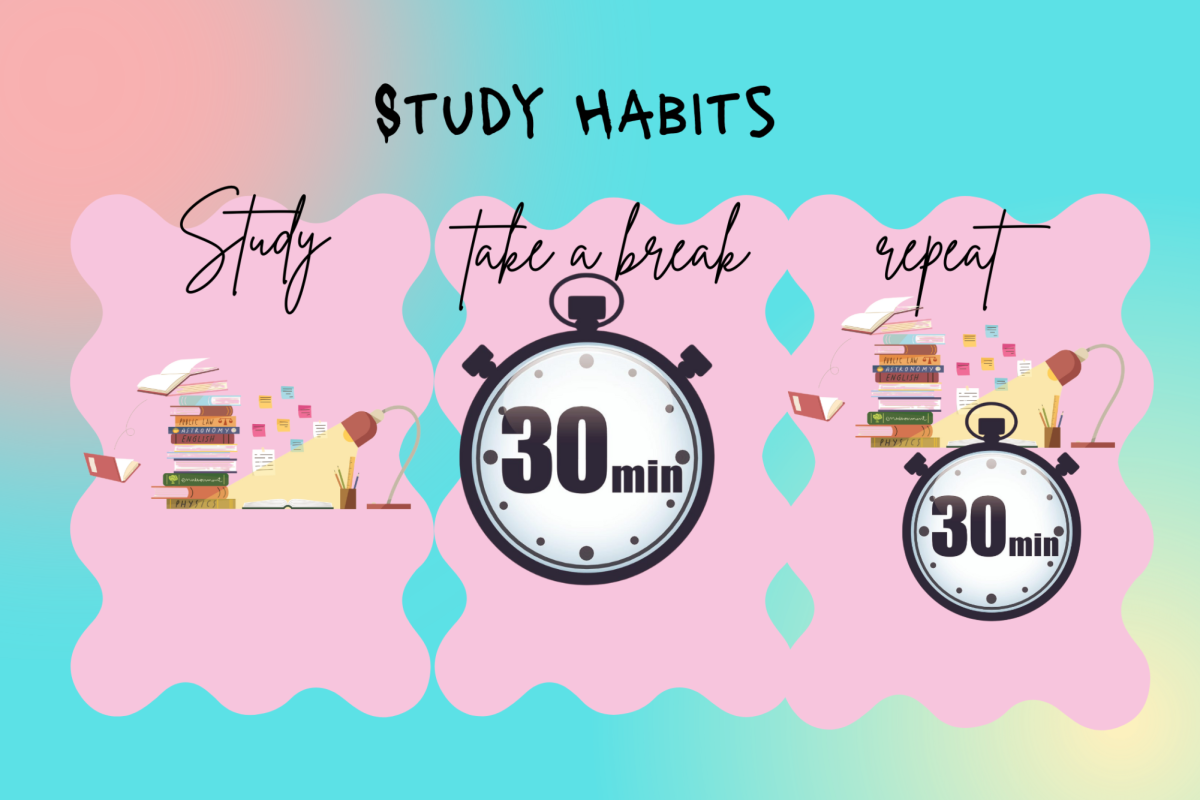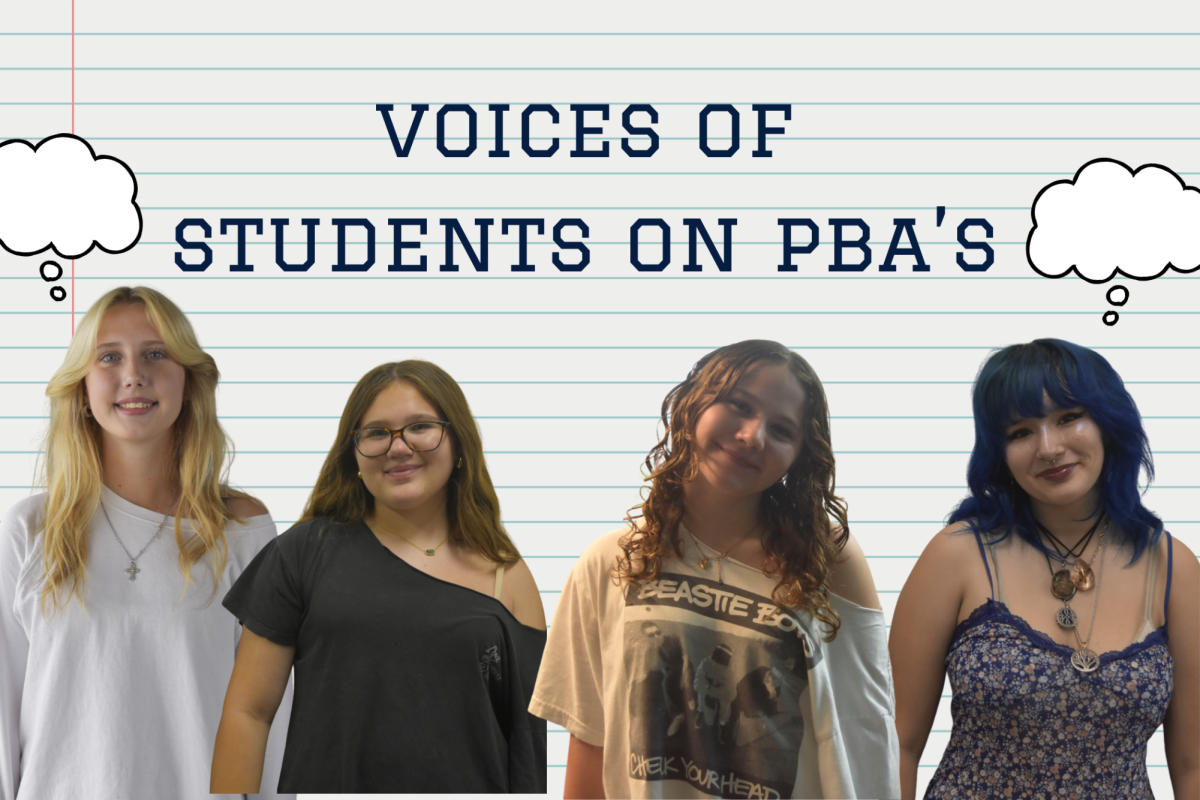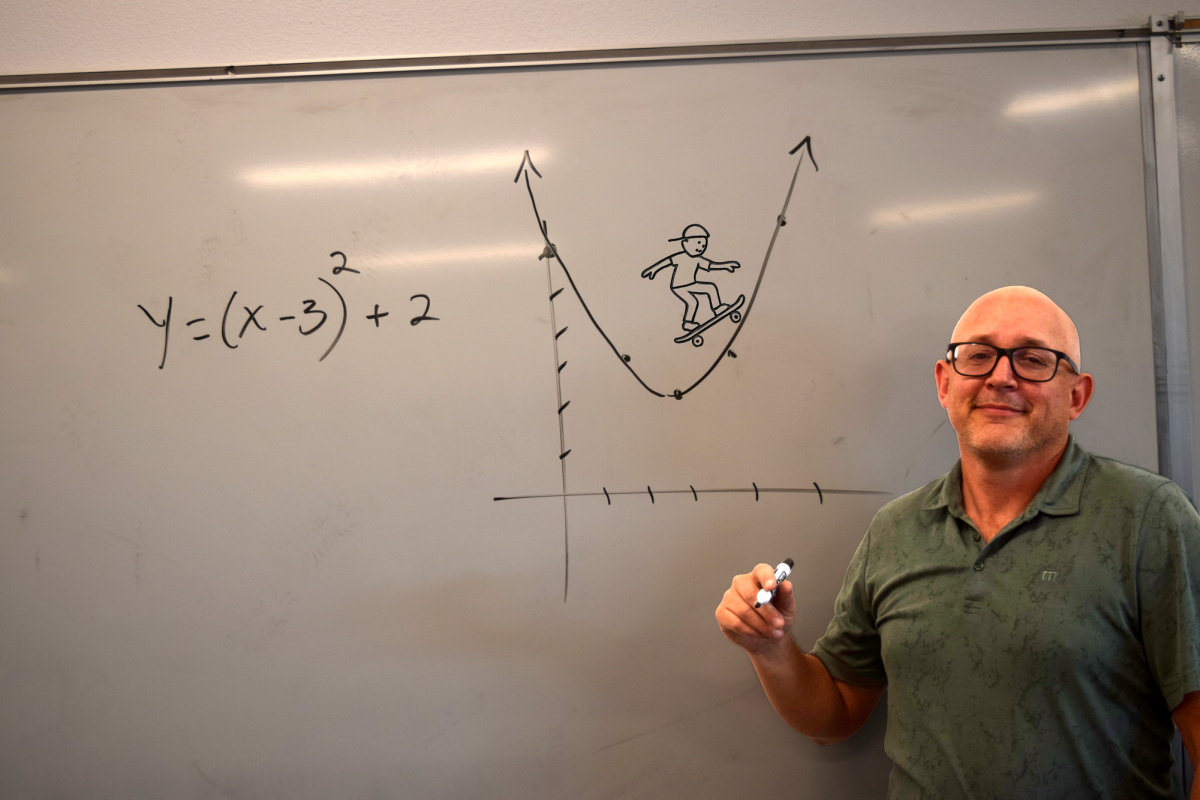To improve grades and retain information more successfully, studying while taking breaks is the most effective learning method.
Taking short rests while memorizing information is a very useful form of studying and an amazing way to retain information. Your brain cannot take hours of studying back to back, so it is important to give yourself a rest between your study “sets”.
According to Cornell Health, various research has shown that “taking purposeful breaks…from studying to refresh your brain and body increases your energy, productivity, and ability to focus.” This can be beneficial in keeping a good attitude while memorizing material. Senior Connor Briggs said that he finds reviewing “notes taken in class,” and playing games “like Quizlet or Kahoot,” the most effective study tactics, even claiming that these methods helped him “be the student [he is] today.” Everybody has their own way of studying, however, no matter your study technique, daily sessions can easily be followed with a break. A break is defined as a 5-60 minute period of rest.
Taking this time off can improve your mood, and make your study sessions more effective. Some ideas of enjoyable study breaks include doing something active, such as taking a walk, while others include more simple rest periods, such as doodling or coloring. While taking “simple” breaks can be easier, Princeton University has proven that those who choose to exercise as a break, form more “feel-good” neurotransmitters, ultimately calming the brain and reducing overall anxiety.
Mental fatigue can lead to decreases in your attention span, which leads to poor thought processing.
In order to create the best study habits, you need to incorporate these study rests. According to Communities in Schools, these “short, structured breaks during study sessions” allow teenagers and adolescents to “reset their cognitive load.” This ultimately leads to returning to studying with better focus and mental clarity. When asked about his study habits, Junior Noah Hernandez stated, “Doing multiple sessions spread over a few days is better than one big session on one day.”
Opting for pauses in between studying, leads to less brain fog and trouble with remembering material.
Others have stated that they believe “cramming” is the best study method. While this can be quite effective to remember information for a short amount of time, it won’t keep the information for long. Part of the point of studying is to recall what you are being tested on, not just during the test. School and education systems help you learn for a lifetime, not just for a test tomorrow that you forgot to study for. Of course, as a student, you are more than likely to forget a deadline at least once. You may have to alter your studying schedule slightly during those times, but taking intervals between study sessions is proven to be the most useful.
All in all, studying with structured breaks in between is the best method to retain information.
























































